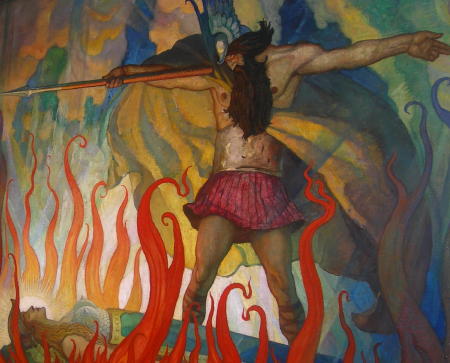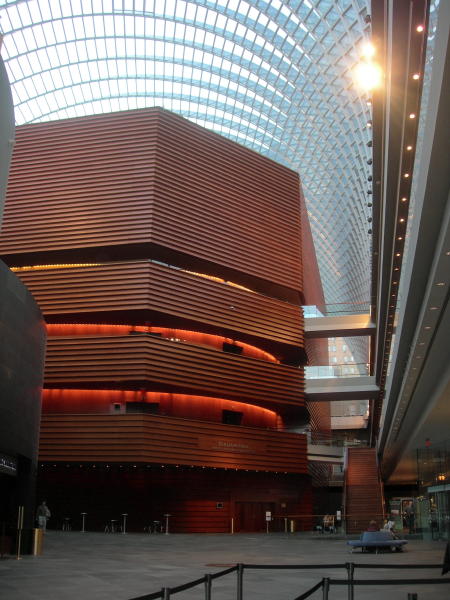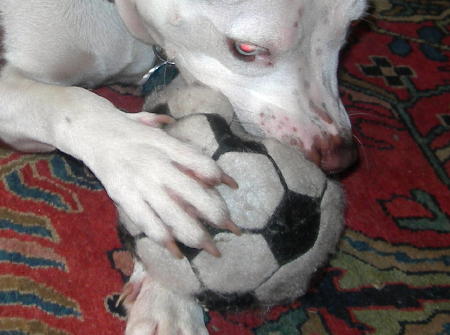The weekend was a very busy one, and not only didn’t I have much time for blogging, but being busy with non-blog-related activities has a rebound effect (for me, at least) of making blogging more difficult. Crazy as it may sound, when I get away from blogging for a day or so it gets much, much harder.
And unlike most addictions, withdrawal from blogging makes it harder (not easier) to return to the habit! That’s why I have a little bit of a conceptual problem seeing blogging as a true addiction.
Not that it isn’t a problem I can’t overcome, but the “recovery” lies in more blogging. If there is any truth to the theory that blogging is addiction, then there are only two ways to deal with it: quit or feed the habit.
Feed the habit in order to keep it under control?
Now, that statement may sound crazy as hell, and it certainly is counterintuitive, but it goes to a major difference between blogging as an addiction and other addictions, such as drugs, booze, or food.
If you are an alcoholic or a drug addict, you must obtain these substances in order to ingest them.
In blogging on the other hand, you must manufacture the very substance to which you are addicted!
Blogging might be called an addiction to your own creativity, but that just isn’t the same as an ordinary addiction.
Moreover, the very existence of a condition known as “blog burnout” begs the question of whether blogging can really be called an addiction. I mean, what is the characteristic (if not defining) feature of blog burnout? Quitting!
How many true addicts just up and quit because they got tired of the substances they were using? Few if any. If they could just quit, then they wouldn’t be addicts. Bloggers, on the other hand, quit blogging regularly and readily — and in gigantic proportions.
So while “blog burnout” and blog addiction might be opposite conditions, I’m not all that sure that this form of activity can be called an addiction — any more than the production of art. Unless we are prepared to call all artists and all writers “addicts,” (and all who quit these activities “healthy”) then I don’t think the term makes sense.
Quite coincidentally, one of the things I did over the weekend was attend the U.S. Artists show at the Philadelphia Armory.
I liked it so much I went back twice.

That’s a picture I took on Friday of N.C. Wyeth’s “The Magic Fire Spell.” From the gallery description:
The Magic Fire Spell was one of a group of four canvases commissioned by Steinway & Sons as a means of promoting their piano, known as “The Instrument of the Immortals.” This allegorical scene is taken from Richard Wagner’s opera Die Walkure–The Magic Fire Spell, part two of Der Ring des Nibelungen. Here, Wyeth focuses on one of the most compelling moments in the story, when the Norse god, Wotan, punishes his favorite daughter, Brunnhilde, by taking away her immortality. Angered by her love for Sigmund, whom he wants to kill, he puts her to sleep on a rock encircled by magic fire–her fate until a true hero is able to pass through the flames and claim her.
I liked it so much that I didn’t want to ruin a good time by asking about the price (which I’m sure was in the hundreds of thousands).
And last night I attended a wonderful concert at Philadelphia’s Kimmel Center:
Here’s a view of the lobby:

And here’s the concert itself:

Obviously music is not as conducive to being photographed as art.
As to Coco, I’m not sure. But while her master was away, she had a ball:

Right now I’m identifying with Coco’s ball. It’s hard to bounce back after being chewed up by too much activity.
Comments
One response to “The art of recovery”
Hmph. Cover artists! (And caption writers.)
“Angered by her love for Sigmund, whom he wants to kill” Huh? Siegmund is already dead! Brunnhilde is protecting Sieglinde and the unborn Siegfried.
The artists never read through the piece, do they? See also, “There’s a Bimbo on the Cover of the Book.”